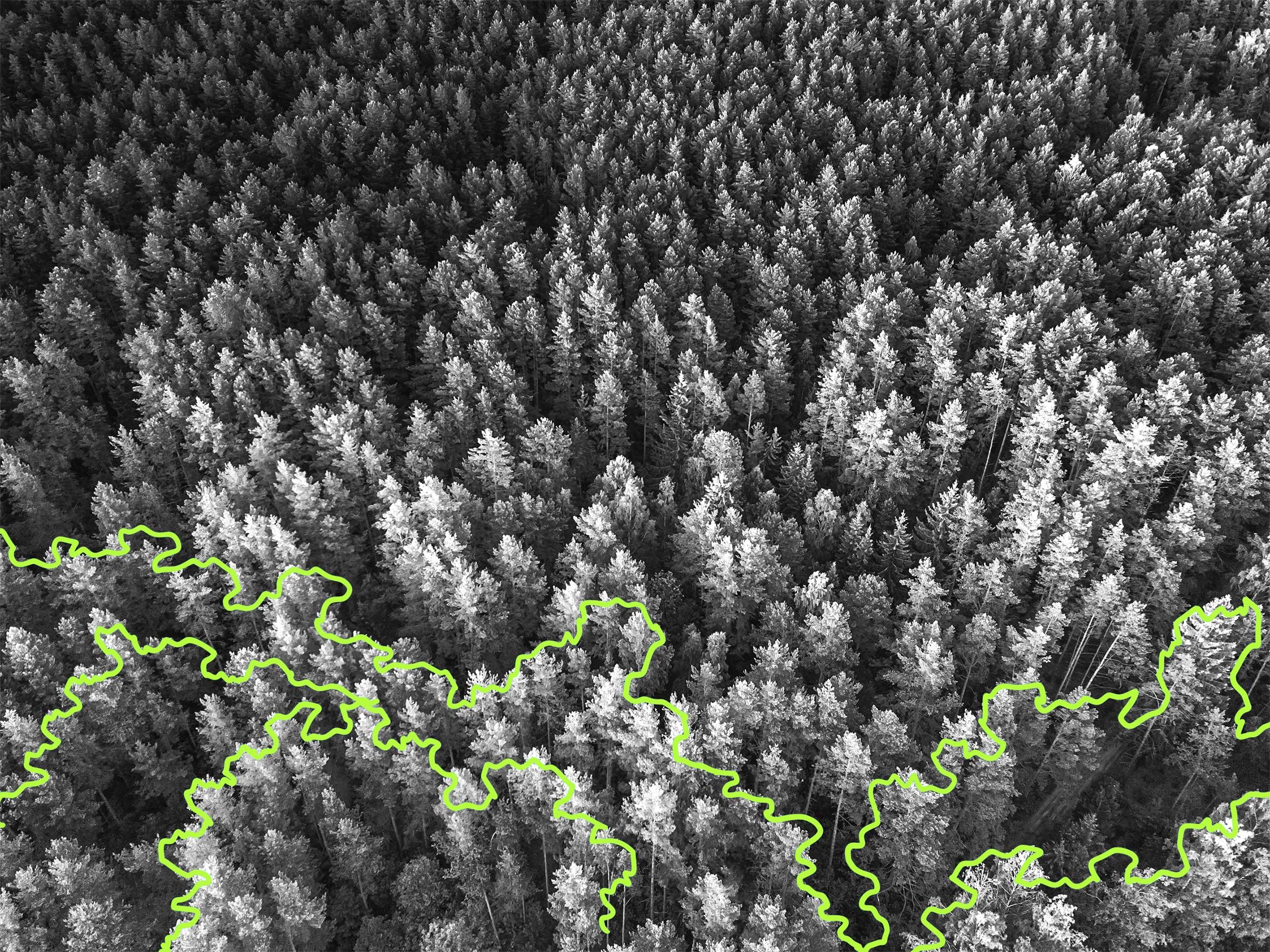The role of forests in a 1.5ºC scenario

CO2 emissions and global warming
The concentration of CO2 in the atmosphere has risen steadily since the era of industrialisation and is closely correlated with increasing average temperatures
The sharp rise in global average temperatures over the past 50 years is well outside the range of normal fluctuation, and in August 2021 the UN’s IPCC stated, “It is unequivocal that human influence has warmed the atmosphere, ocean and land” and “Global warming of 1.5°C and 2°C will be exceeded during the 21st century unless deep reductions in carbon dioxide (CO2) and other greenhouse gas emissions occur in the coming decades”.
The implications of such a level of global warming are far reaching, with widespread crop failures, damage to property and infrastructure, and the displacement of communities all potentially resulting from more frequent and extreme weather events.

The Paris Agreement
This international treaty on climate change was reached in 2015 and aims to limit global warming to below 2°C (and preferably to 1.5°C) compared to pre-industrial levels.
To reach the aims of the Paris agreement the IPCC concluded that CO2 emissions must approximately halve by 2030 and reach net zero by mid century. To achieve this, two strategies will need to be employed.
Firstly, reducing emissions as far as possible from their existing level. It is unlikely that emissions can be completely eliminated and some residual emissions will remain.
Reducing emissions will not be enough on its own to meet the Paris Agreement’s goal, and the second strategy therefore involves the removal of CO2 from the atmosphere. These removals are expected to grow substantially in importance towards the end of the century.
Removals uses negative emissions technologies which absorb and store CO2 that was previously emitted into the atmosphere.
Source: UN Intergovernmental Panel on Climate Change (IPCC) - based on P3 emissions scenario

The role of forests in a 1.5ºC scenario
Forestry has the potential to achieve almost 20% of the emissions reductions or removals required to meet a 1.5°C target.
Forestry can contribute to climate targets through both the emissions reduction and removals strategy.
Deforestation currently contributes significantly to global CO2 emissions (around 13% of total emissions per year). Eliminating this is therefore a key priority and was a key objective coming out of COP26 in 2021.
Under the removals strategy, planting new trees (i.e. afforestation or reforestation) and managing existing forests differently so that they can store larger amounts of CO2 (referred to as “improved forest management”) could remove up to 3-4 GtCO2e per year from the atmosphere.
Source: UN Intergovernmental Panel on Climate Change (IPCC) - based on P3 emissions scenario
